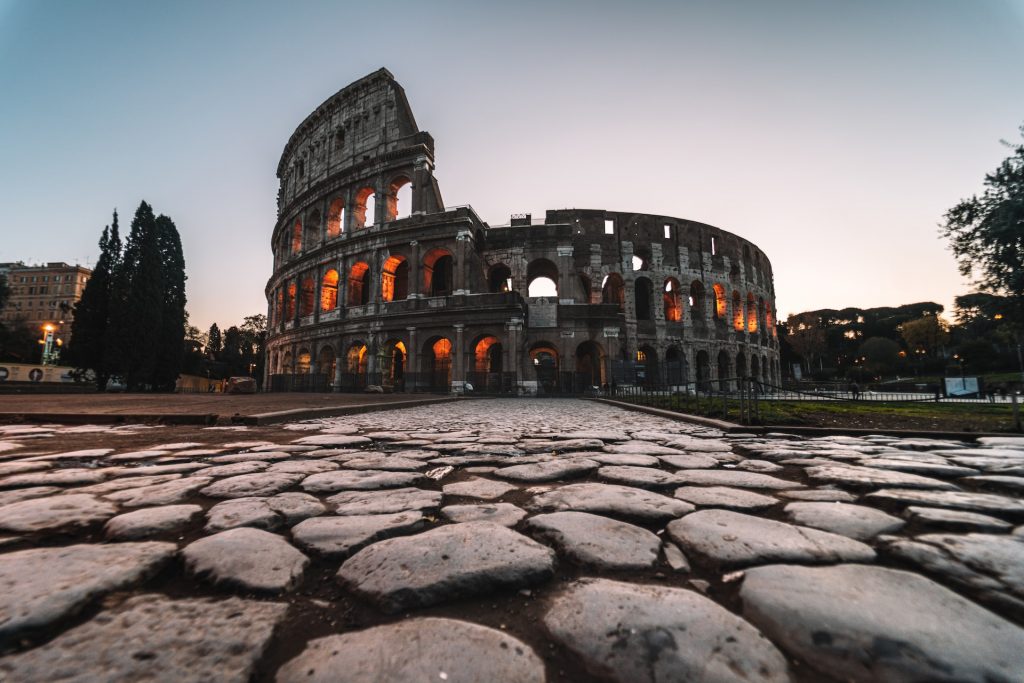The picturesque town of Albir, located along the stunning Costa Blanca in Spain, boasts a rich and varied history that spans centuries. This article delves into the fascinating journey of Albir from its ancient roots to its modern-day allure, offering a glimpse into the cultural and historical tapestry that defines this charming locale.
Ancient Beginnings and Roman Influence
Albir’s history can be traced back to the Iberians, the earliest known inhabitants of the region. However, it was the arrival of the Romans that marked a significant turning point in its early history. The Romans, known for their advanced engineering and architectural prowess, established a series of settlements along the coast. Evidence of their presence is still visible today in the form of remnants of roads and aqueducts.
One of the most notable Roman contributions to Albir was the development of its port. This port played a crucial role in trade across the Mediterranean, particularly in the export of local products such as olive oil and wine. The prosperity brought by this trade led to a period of growth and development for Albir, with the construction of villas, temples, and public baths.
The Moorish Era and Architectural Heritage
The fall of the Roman Empire led to a period of uncertainty, which eventually gave way to the Moorish conquest. The Moors, who controlled much of the Iberian Peninsula for centuries, left a lasting impact on Albir's cultural and architectural landscape. They introduced advanced agricultural techniques, such as irrigation systems, which transformed the arid land into fertile ground for farming.
Albir saw the construction of various Moorish-style buildings during this era, including fortifications to protect against invasions. The most significant architectural contribution from this period is the 12th-century Al-Faz castle, which stands as a testament to the town's strategic importance during the Moorish rule.
Christian Reconquest and Economic Shifts
The Christian Reconquest in the 13th century marked the end of Moorish rule and the beginning of a new chapter in Albir's history. This period saw significant demographic changes, with an influx of Christian settlers from other parts of Spain. The town's economy, which had been primarily based on agriculture and fishing, began to diversify. Craftsmanship, particularly in ceramics and textiles, became important economic activities.
The 16th and 17th centuries were marked by social and economic upheaval, including pirate attacks along the coast. This led to the fortification of the town and the construction of watchtowers, some of which still dot the landscape around Albir.
The 19th Century: Agricultural Revolution and Population Growth
The 19th century brought about an agricultural revolution in Albir, with the introduction of new crops such as almonds, citrus fruits, and grapes. This agricultural boom led to significant population growth and the expansion of the town's borders. The construction of the Alicante-Denia railway in the late 19th century further boosted the local economy, connecting Albir to larger markets and facilitating the export of its agricultural products.
20th Century and the Birth of Tourism
The 20th century heralded a new era for Albir, with the advent of tourism. The town's beautiful beaches, mild climate, and picturesque scenery attracted visitors from across Europe. The Spanish Civil War and the subsequent Franco regime had a profound impact on the region, but by the 1960s, Albir began to emerge as a popular tourist destination.
The latter part of the 20th century saw rapid development in Albir, with the construction of hotels, resorts, and other tourist facilities. The town's infrastructure was modernized, and efforts were made to preserve its historical and cultural heritage amidst this growth.
Albir Today: A Blend of History and Modernity
Today, Albir is a vibrant town that seamlessly blends its historical roots with modern comforts. The town's rich history is evident in its well-preserved historical sites, such as the Roman ruins and the Moorish castle. At the same time, Albir offers all the amenities of a modern tourist destination, including fine dining, shopping, and a range of leisure activities.
The town's cultural scene is thriving, with numerous festivals and events throughout the year that celebrate its diverse heritage. The local cuisine, influenced by both its Moorish past and Mediterranean location, is a highlight for many visitors
Conclusion
From its ancient beginnings to its present-day charm, Albir has undergone a remarkable transformation. This town, nestled along the stunning Costa Blanca, is more than just a picturesque destination; it is a living museum, telling the story of the many cultures and peoples that have shaped its history. Albir's journey from a small Roman settlement to a modern tourist hub is a testament to its resilience and enduring appeal. As it continues to evolve, Albir remains a jewel in the crown of Spain's rich historical and cultural landscape
Frequently Asked Questions (FAQs)
What ancient civilizations influenced Albir's early history?
Albir's early history was significantly influenced by the Iberians and later by the Romans, who left architectural and infrastructural legacies.
How did the Moors impact Albir?
The Moors introduced advanced agricultural techniques and distinctive architectural styles, notably the Al-Faz castle, significantly impacting Albir's cultural landscape.
What changes occurred in Albir during the Christian Reconquest?
Post-Christian Reconquest, Albir experienced demographic changes, economic diversification, and increased emphasis on craftsmanship, significantly shaping its development.
How did the 19th-century agricultural revolution affect Albir?
The introduction of new crops like almonds and citrus fruits during the 19th century led to a population boom and expanded Albir’s economic activities beyond traditional fishing and agriculture.
What role does tourism play in modern-day Albir?
Tourism has transformed Albir into a vibrant destination, blending historical heritage with modern amenities, and attracting visitors worldwide with its beaches, cultural events, and Mediterranean cuisine.
